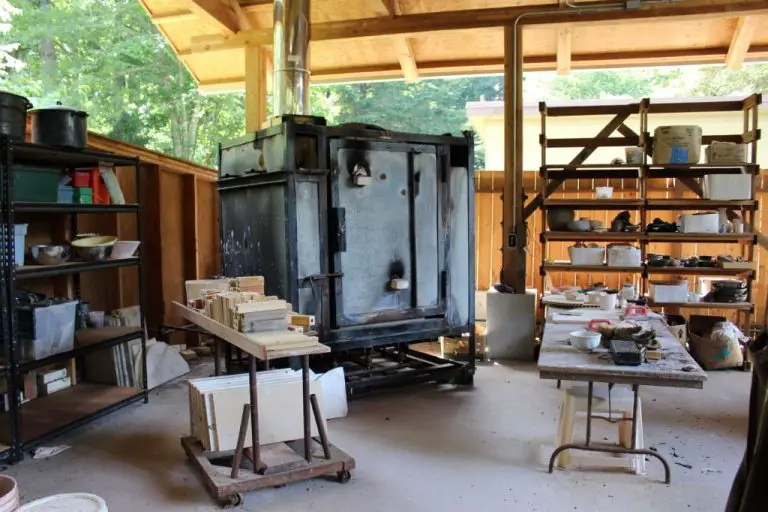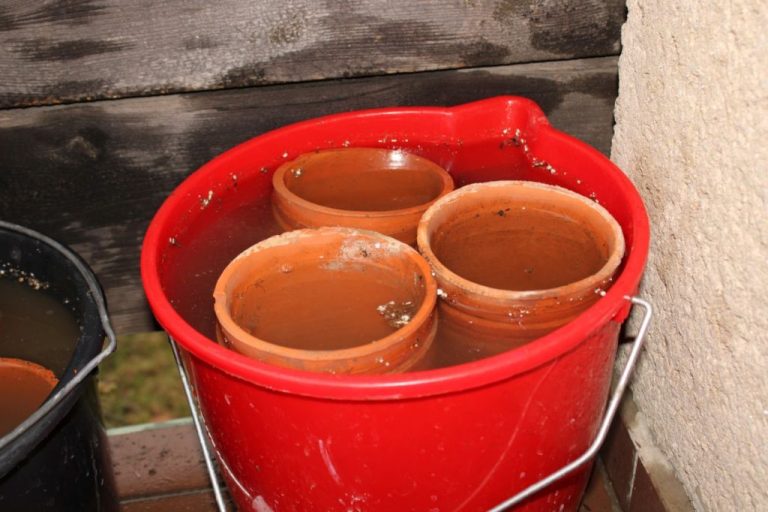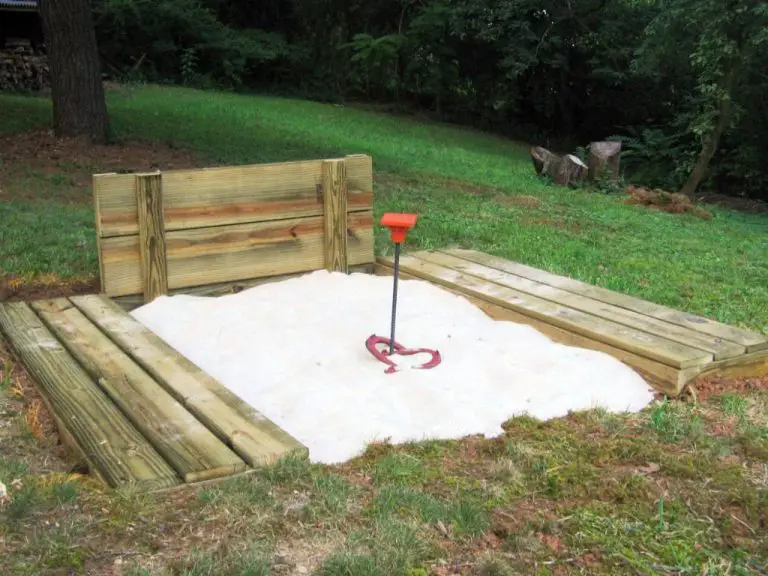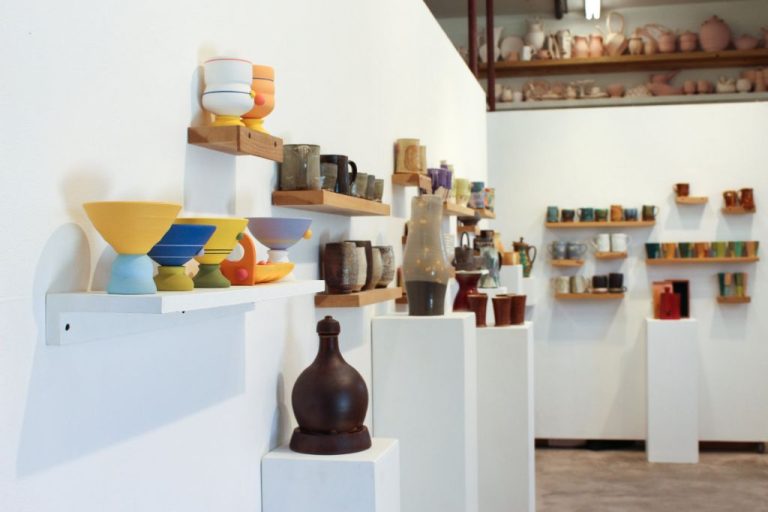What Is Stroke And Coat?
What is Stroke and Coat Painting?
Stroke and coat painting refers to a decorative painting technique often used on bisqueware pottery and ceramics. It involves using specially formulated acrylic paints to create blended colors, textures, and designs on unfinished pottery pieces before they are glazed and fired.
The technique was pioneered in the 1980s by ceramic artist Donna Dewberry, who developed special brushwork methods for blending and layering acrylic paints on bisqueware (https://plaidonline.com/brands/one-stroke/history). Dewberry formulated opaque, fast-drying acrylic paints, marketed as One Stroke paints, which enabled artists to achieve blending, shading, and highlighting effects by stroking over areas repeatedly.
Stroke and coat painting involves laying down bold strokes of color, then going back and softly “coating” over areas to blend and shade the colors. The distinct brushwork enables artists to create dimensional-looking designs, intricate patterns, and color gradations on the bisqueware surface before it is fired and glazed.
Tools and Materials for Stroke and Coat
Stroke and coat painting utilizes a variety of tools and materials to create layered and textured artwork. Some key tools and materials include:
Brushes: Stroke and coat painters use a range of brushes including soft bristle brushes, fan brushes, liner brushes, and mop brushes to apply paint and create different effects. Softer brushes work well for blending and smoother strokes.
Paint: Most stroke and coat painters use acrylic paints, which dry quickly and allow for layering. Oil paint can also be used. Paint is typically applied in thin transparent layers.
Surfaces: Stroke and coat can be done on surfaces like canvas, wood panels, ceramic, glass, and more. The absorbency and texture of the surface impacts the final effect.
Techniques and Process
Stroke and coat painting utilizes several key techniques to build up luminous layers of color and texture. It starts with an initial sketch or underpainting to map out the basic composition. The underpainting establishes shadows and lighting effects that will show through later layers. As noted in the Stroke and Coat Application Guide, “an underpainting helps establish the lights and darks in a painting” (https://thepotterypiazza.squarespace.com/s/Stroke-and-Coat-Application-Guide.pdf).
After the underpainting, the artist can start applying broad, expressive brushstrokes of color. Stroke and coat emphasizes spontaneity and texture in the brushwork. Thick layers of paint are built up for dimensional effects. Complementary colors are often layered to create visually striking contrasts and vibrant color mixtures.
As more layers are added, the colors mix and modulate to achieve rich, luminous hues. Details are refined with smaller brushes. The painting develops depth as colors interact through the layers. With patience and practice, stroke and coat techniques allow artists to produce highly textured, light-infused paintings.
Blending and Textures
One of the hallmarks of stroke and coat painting is the ability to create soft, blended edges between strokes of color. This is achieved by applying the stroke and coat glazes while the underlying layer is still wet. As the artist overlaps the strokes, the colors naturally blend into one another, creating gradients and subtle transitions.

Artists can also use stroke and coat to build up visual texture on the ceramic surface. By varying the stroke direction, length, and pressure, different effects can be achieved. Thick, short strokes with a stiff brush create a rough, impasto texture. Long, sweeping strokes yield a smoother texture. Dabbing and stippling the paint creates a mottled or stippled effect. Using a sea sponge or crumpled paper towel can also impart an organic, variegated texture.
By layering colors and textures, incredible depth can be created. Darker colors in the recessed areas help create shadows and dimension. Lighter accents draw the eye to raised areas and highlights. Referencing the texture of real-world subjects like weathered wood, stone, or natural landscapes can help artists recreate convincing textures in stroke and coat (Source 1).
With practice and experimentation, stroke and coat painters learn to blend colors seamlessly while using texture to create visual interest and realism in their ceramic artwork.
Lighting and Composition
Proper lighting is essential for creating dimension and drama in stroke and coat paintings. Understanding how light interacts with the textured surfaces allows artists to accentuate form through the use of highlights and shadows. Typically, a strong directional light source placed at a 45 degree angle to the subject creates striking contrasts between the illuminated ridges and recessed areas of the painting.
When structuring compositions, stroke and coat artists consider how to lead the viewer’s eye through the interplay of light and dark regions. Effective focal points utilize changes in texture, value, and color to create areas of emphasis. The direction of brushstrokes can also guide the eye through a composition. To balance the focal point, artists pay careful attention to the negative spaces around subjects, varying the complexity of textures and details.
By thoughtfully manipulating lighting effects and composing well-balanced arrangements of textures, stroke and coat painters can create vivid, dimensional works that engage the viewer.
Common Subjects and Themes
Stroke and coat painting lends itself well to certain common artistic themes and subjects [1]. Some of the most popular subjects for stroke and coat paintings include:
Landscapes: The thick, textured nature of stroke and coat makes it ideal for portraying natural elements like trees, mountains, skies, and water. Landscapes allow artists to explore blending and textures. Popular landscape themes include ocean scenes, forests, deserts, and more.
Seascapes: Seascapes are a specific type of landscape focusing on coastal scenery. Stroke and coat can mimic the look of waves, sand, rocks, and sea foam.
Still Life: From fruit to flowers, stroke and coat offers painters a chance to render objects with striking realism. Still life paintings demonstrate an artist’s skill at shaping form and light.
Abstract: The free, expressive style of stroke and coat lends itself to abstract art. Artists can apply the medium in thick gestural strokes or blend colors to create abstract compositions.
Regardless of subject, stroke and coat allows artists to add depth, interest, and personalized expression to their paintings.
Notable Stroke and Coat Artists
Some of the most well-known artists who used stroke and coat techniques in their work include:
Sergey Zharkov was a Russian painter in the late 19th and early 20th century who helped develop the stroke and coat painting style. Zharkov’s paintings featured bold, visible brushstrokes and thick layers of paint to create striking textures and dimension. His landscapes and portraits demonstrate masterful use of the stroke and coat technique.
Camille Pissarro was a French Impressionist painter who often used the stroke and coat method. Pissarro built up layers of thick, tactile paint that can be seen individually. His landscapes captured the ephemeral effects of light and atmosphere using visible strokes of color side-by-side. Pissarro helped develop Impressionism’s characteristic loose, broken brushwork.
Vincent Van Gogh utilized stroke and coat techniques in his vivid, emotional paintings. Van Gogh used thick layers of paint and bold, expressive brushstrokes to create intense color and textural effects. His landscapes and still lifes have a sculptural quality, with paint applied energetically and individually visible. Van Gogh harnessed the stroke and coat style to create his unique visual language.
These painters exemplify skillful use of the stroke and coat painting technique to build up rich surfaces and capture light, color and texture. Their masterful paintings demonstrate the potential of the stroke and coat medium.
Tips for Beginning Stroke and Coat
When starting out with stroke and coat painting, it’s best to keep things simple at first. Focusing on basic subjects, brush control, and a limited color palette will help develop skills before moving on to more advanced techniques.
Start by choosing simple, geometric subjects like squares, circles, triangles to paint. This allows you to concentrate on making smooth, even strokes with the brush without worrying about intricate details. According to the Stroke and Coat Application Guide by Mayco1, basic shapes are the best way to get comfortable with your brush and the stroke and coat glazes.
Work on maintaining good brush control. Make strokes that cleanly start and stop where intended. Practice varying the thickness and thinness of your strokes to create different effects. Using brush control cards can help develop muscle memory and technique.
When first starting out, limit your color palette to 2-3 colors. This makes it easier to focus on technique rather than color mixing. Stick to colors that have high contrast from each other. As you gain experience with stroke and coat painting, you can expand your palette and experiment with blending colors.
Advanced Stroke and Coat Techniques
After mastering the basics of stroke and coat, artists can explore more advanced techniques to add complexity and interest to their work. Some advanced techniques to try include:
Painting Wet-on-Wet
The wet-on-wet technique involves applying strokes of color over an initial wash while it is still wet. The colors will blend softly on the surface, allowing more naturalistic effects. This technique requires working quickly before sections start to dry.
Scumbling
Scumbling involves applying thin, broken layers of opaque paint over another color. A rough brush is used to lightly drag and skip over the surface. This creates a textured, broken color effect. Scumbling can be used to mute colors or give a weathered appearance.
Alla Prima Style
Alla prima is a direct, expressive painting style where the work is completed in one session while the paint is still wet. Multiple layers are blended directly on the canvas for a lush, painterly look. This technique requires speed, confidence, and strong composition skills.[1]
With practice, artists can master these techniques to bring energy and drama to their stroke and coat paintings.
[1] “Alla Prima Painting Technique”, Winsor & Newton, https://www.winsornewton.com/row/discover/tips-and-techniques/alla-prima-painting-technique
The Appeal and Impact of Stroke and Coat
Stroke and coat painting has had a major impact on the art world due to its highly expressive, textural style. The technique strikes a unique balance between precision and spontaneity.
Artists are drawn to stroke and coat for its versatility and potential for creative experimentation. The glazes can be layered in endless combinations to produce flowing, organic textures. This gives painters the freedom to let the paint flow freely while also maintaining control over the final composition.
According to Mayco, stroke and coat provides “intense, vibrant color.” The rich pigments and varied effects possible have made stroke and coat popular for portraits, landscapes, abstracts, and more. It allows both realism and abstraction within a single painting.
In the hands of skilled artists, stroke and coat transcends being just a technique. It becomes a means of communicating emotion and conveying a personal, meaningful perspective on the world. The striking visual style makes stroke and coat pieces instantly recognizable. This painting method has had an undeniable, growing impact on the contemporary art world.





